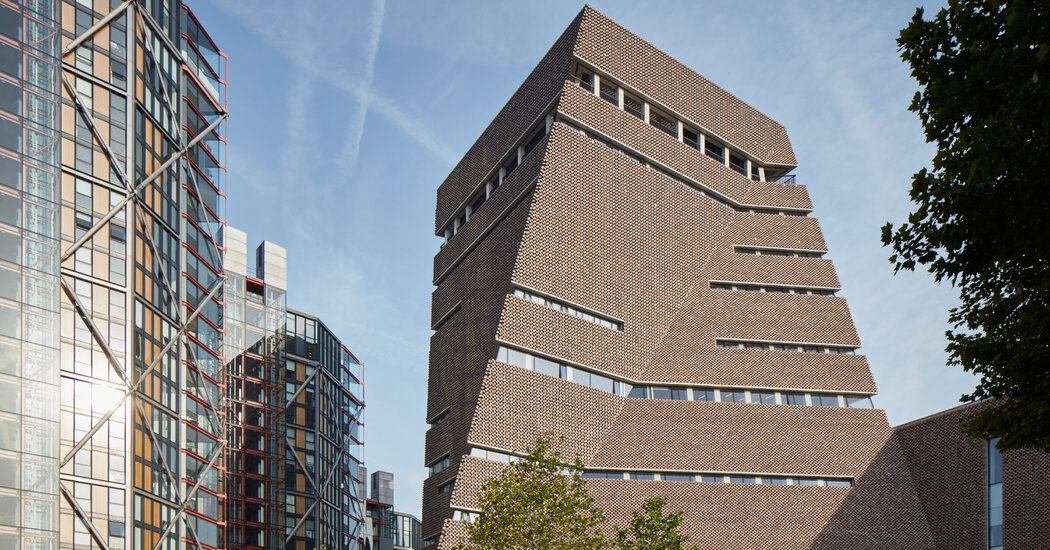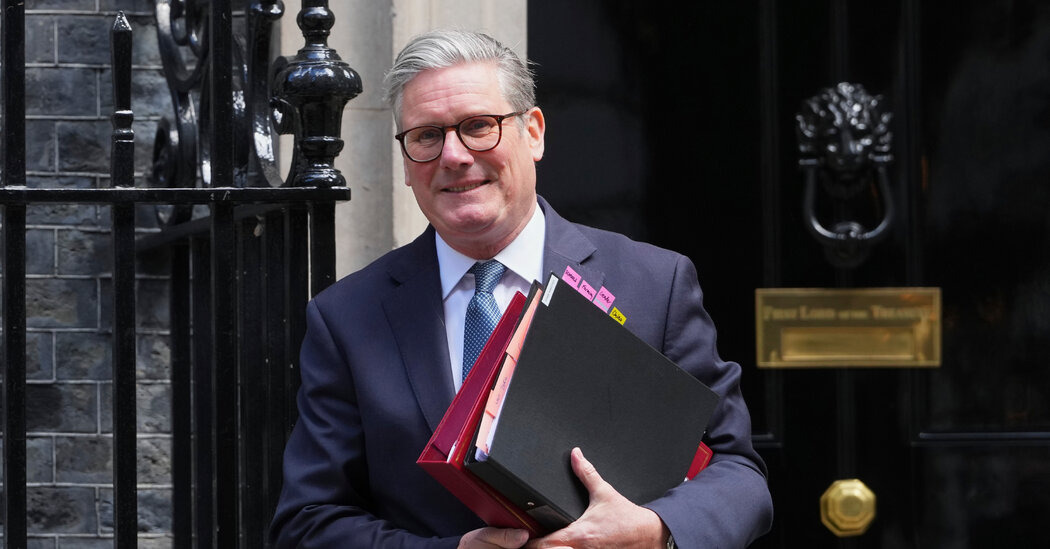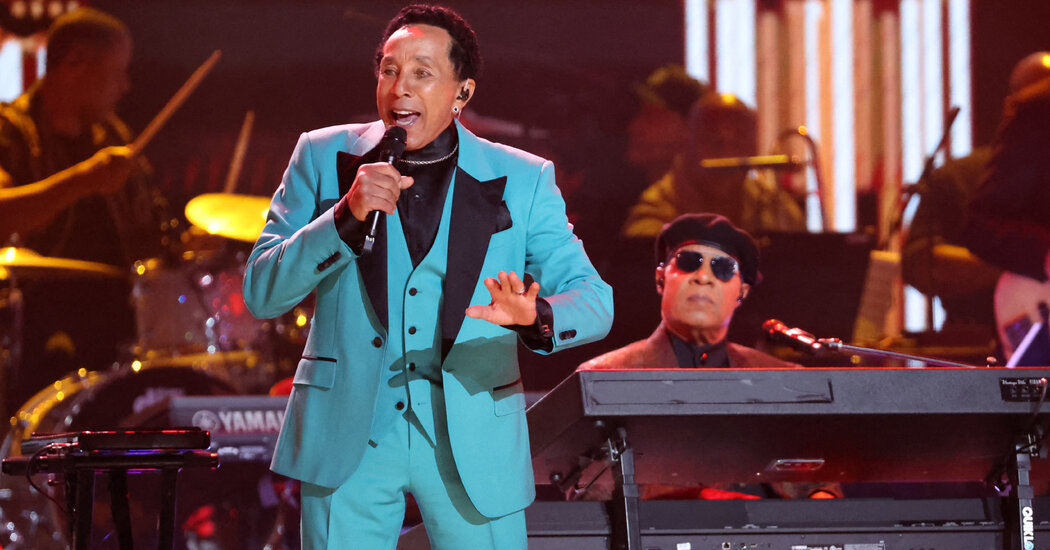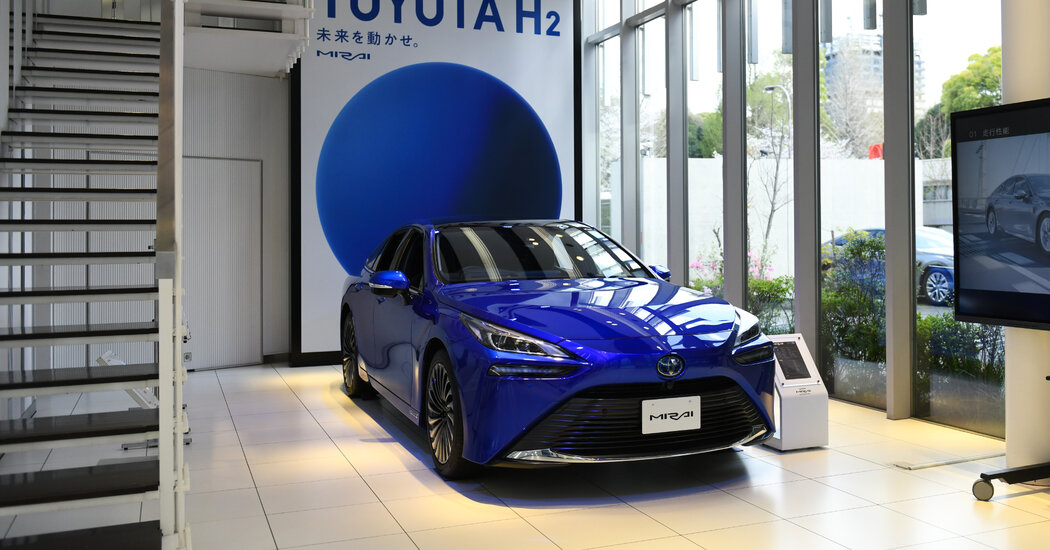When the Museum of Modern Art debuted in a Manhattan townhouse in 1929, it faced incomprehension from audiences still uncomfortable with abstract art. When the Centre Georges Pompidou inaugurated its inside-out home in Paris in 1977, philosophers denounced the multidisciplinary museum as a shopping center. But something else happened with Tate Modern, bigger than either of them, when it opened in London in 2000: immediate success.
In a country with an above-average suspicion of modernism, in a city that had never had a full-scale museum of modern and contemporary art, Tate Modern arrived on a bank of the River Thames at just the right time. The European Union was six years old and easyJet was five. Tony Blair was in his first term as prime minister. A newly confident, outward-facing London decided it needed a place to marvel.
This week, Tate Modern turns 25. Its success was, from the beginning, not just a British but an international story. (Four of its five directors have been foreigners.) Its legacy extends far past the South Bank, into the deep structure of the art industry, where it transformed, for better and worse, audience expectations at museums worldwide.
It taught curators to propound a global view of art — or perhaps no view at all. Its influence ripples through the rethought MoMA — but also the selfie stations of the Museum of Ice Cream. When it opened, it seemed to have a confident, if imperfect, answer to the question of what an art museum was supposed to be in the 21st century. Now visitor numbers are 20 percent down since before the pandemic, and funding crises have led to multiple rounds of layoffs. I’m not sure how confident it is today.
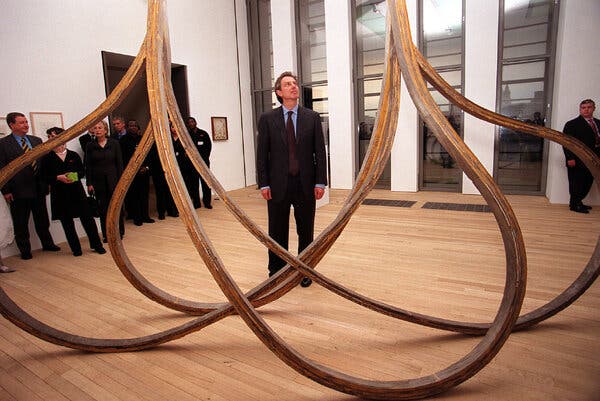
Tony Blair, in his first term as prime minister, at the opening of Tate Modern in 2000.Credit…Matthew Fearn/PA Images, via Getty Images
The story begins upriver, at the neoclassical Tate Gallery in the Pimlico district, where a new director named Nicholas Serota arrived in 1988. The museum had grown cramped, thanks to a weird double focus: It was the home of the national collection of British art from the 16th century to the present day, including a giant bequest of J.M.W. Turner’s paintings and watercolors, but also a shabby collection of so-called “modern foreign art,” which largely reflected old British tastes for life study and landscape.
